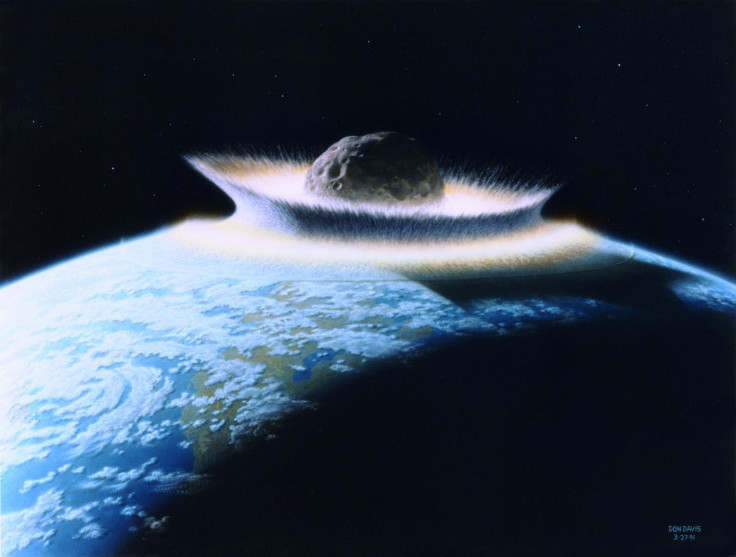NASA Says 4-Kilometer Asteroid Will Fly Safely By Earth In April

KEY POINTS
- NASA detected a massive asteroid approaching Earth
- The approaching asteroid is over 4 kilometers wide
- The asteroid is classified as "potentially hazardous" because of its size
(This article has been corrected to remove all suggestions that the asteroid poses any threat to life on Earth; also removed mentions, in headline and body text, that NASA had issued a warning on the asteroid's approach. The errors are regretted.)
NASA’s Center for Near-Earth Object Studies (CNEOS) is currently tracking a massive asteroid that’s expected to approach the planet next month -- but even at its closest the asteroid poses no threat to Earth.
CNOES identified the incoming asteroid as 52768 (1998 OR2). As noted by the agency, this asteroid is currently moving at a speed of almost 20,000 miles per hour. It has an estimated diameter of 4.1 kilometers, which is equivalent to 13,451 feet. This makes the asteroid longer than the Hollywood Walk of Fame.
According to NASA, 52768 (1998 OR2) is an Amor asteroid. Due to its orbit, which intersects the Earth's orbit at a distance less than 4.6 million miles (7.5 million km), and massive size, 52768 (1998 OR2) has been classified as a potentially hazardous asteroid. But it poses no real threat to life on Earth simply because it is still too far away.
“Potentially hazardous asteroids are currently defined based on parameters that measure the asteroid’s potential to make threatening close approaches to the Earth,” NASA stated.
“Specifically, all asteroids with a minimum orbit intersection distance of 0.05 [astronomical units] or less and an absolute magnitude of 22.0 or less are considered [potentially hazardous asteroids],” the agency added.
Given the asteroid’s massive size, 52768 (1998 OR2) is one of the biggest and possibly most dangerous space rocks listed on CNEOS’ database. Spanning several kilometers wide, this asteroid could cause a major impact event on Earth if it hits the planet.
The blast wave and energy from its impact would incinerate a large part of the planet. Then, the explosion would produce enough smoke, dust and debris to cover the atmosphere and prevent sunlight from penetrating.
Without sunlight, Earth would eventually experience a nuclear winter that could last for several years. This destructive phenomenon was the same event that led to the extinction of dinosaurs and over 70 percent of all life on Earth following an asteroid impact 66 million years ago.
According to CNEOS, 52768 (1998 OR2) will visit Earth’s vicinity on April 29 at 4:56 am EST. During its approach, it will be about 0.04205 astronomical units or roughly 4 million miles from the planet’s center. So it poses no threat to life on Earth!
© Copyright IBTimes 2025. All rights reserved.





















